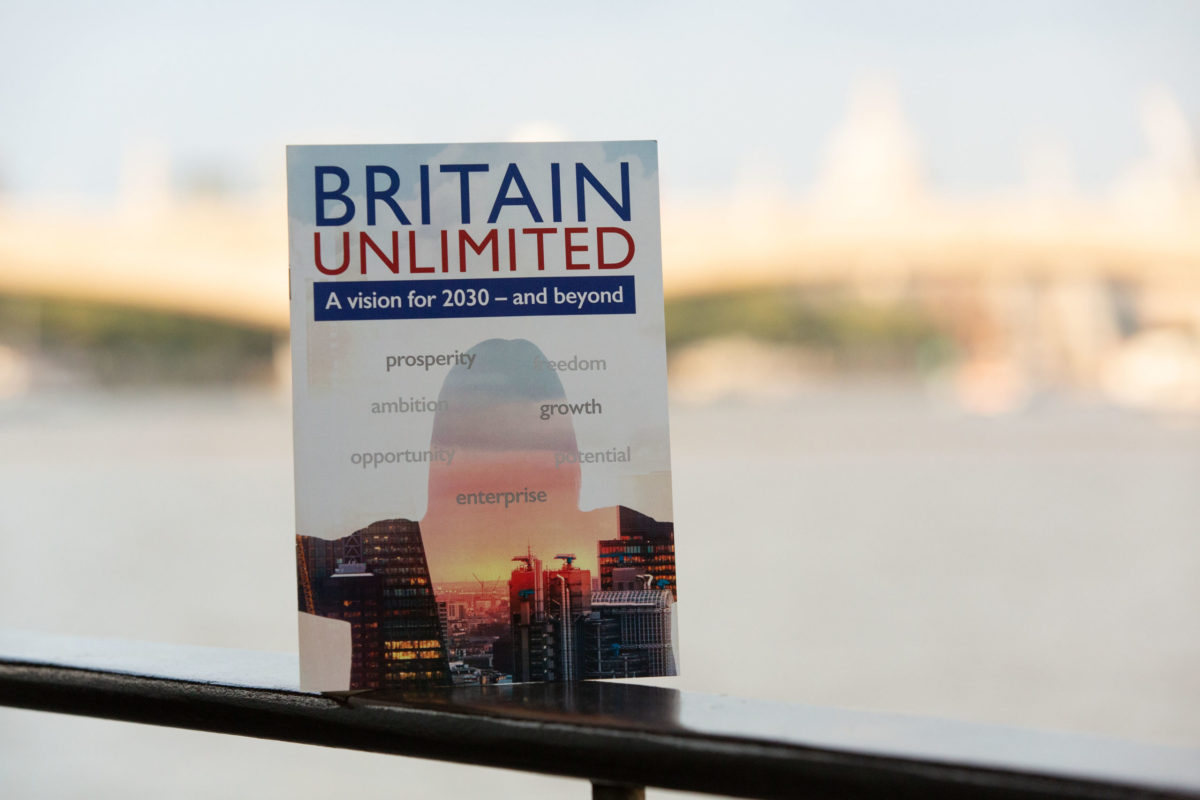Business sentiment and the economy: lessons from history?
SUGGESTED



In the 1930s, finance looked to psychology. The financial analysts Benjamin Graham and David Dodd lamented the exuberance of the 1920s and the undervaluation of the US stock market in the market trough in 1932. Irving Fisher in 1932 cited “pessimism” as one of the factors prolonging the slump: “Everybody’s opinion is largely guided by the opinion of everybody else, even the people with the coolest heads will at least ‘fear the fears of other men’ and contribute to the panic of which such fears are a part.” New ideas about the role of human psychology in the economy were given greater credence following the publication of Keynes’ General Theory and his famous evocation of animal spirits.
Our new research analyzing news article data using a lexicon approach to search for words with positive and negative emotional content (the technical term is “valence”) has been shown to be useful in understanding financial outcomes. We use a uniquely calibrated lexicon to examine the entire content of the Wall Street Journal and test it for its emotional impact: our new index measures the balance between two emotion groups that are broadly analogous to excitement (approach) and anxiety (avoidance) in text data, using a lexicon of approximately 150 words for each category utilizing ordinary English words associated with these two major groups. We then perform historical decompositions using this model to identify the impact of these structural shocks on macroeconomic and financial variables. This method allows us to compare the actual with the counterfactual path of the economy without the impact of business sentiment shocks.
We devised a statistical method of testing these theories for the period before the Great Depression by an ordering process: the business-sentiment variable is ordered last in the testing process, so that the identified shock does not have an immediate impact on any of the variables in the econometric model. Our reasoning is twofold: first, news about the economy is quickly internalized in stock and credit markets. The business-sentiment shock that is identified in this method is thus orthogonal to shocks to stock and credit markets. Second, the business-sentiment shock only affects the other variables in the system with a delay. Thus we are identifying shocks to the slow moving (or long-run component) of business sentiment and not the short-run component. Our identification is that the long-run component of business sentiment is not contaminated by news.
It is important to note that this method takes out the actual impact of economic events, when it is clear that bad news drives bad sentiment. What we are looking at is how sentiment is affected by other influences than news and outcomes. This explains what may appear at first to be an oddity: the disaggregation of sentiment shows a particular importance of sentiment in the period before the Great Depression (or in other words, in the lead-up to economic collapse). During the Great Depression, however, the identification exercise makes it hard to separate negative sentiment from the negative real economic performance. There may then be a spiral in which and economic news generates more negative sentiment which leads then to worse economic performance and so on, but the causal mechanism in that process – unlike in the pre-1929 era- cannot be clearly identified.
There are examples of positive sentiment affecting outcomes. Thus in the summer of 1926, the industrial production index rises, but a counterfactual case without economic sentiment shows a decline. The press was filled with feel-good items – in part because of the celebration of a round anniversary. An ecstatic article on the way foreign countries perceived the 150th anniversary of the Declaration of Independence, for instance, commented on ‘the amazing progress that has been made by the United States’ and details of the ‘incredible total’ of American wealth.
Or negative impacts, when one of the most frequent cases involves bad news of foreign events (that could only have a relatively small real impact on the US economy) creating mood music. There are also cases when worries about financial corruption and market integrity leads to a negative mood. One of the biggest negative sentiment shocks of the early 1920s was in July 1923, and was driven by news of government instability in Europe. A characteristic article reported the comments on the return of a prominent Senator from Europe, explaining how ‘most, like myself, have failed to realize how exhausted by war are many of the nations of Europe, both as to governmental finance and private endeavor.’ The case is not that the European misery was hurting America directly, but that it was dragging down business sentiment. The same pattern is repeated in the lead-up to the Great Depression. April to August of 1928 had a run of moderately sized positive sentiment shocks. Then starting in February 1929 through July 1929 came a run of large negative sentiment shocks with the largest negative sentiment-shock occurring in May 1929. Again it was related to worries about international affairs.
This historical lesson has potential contemporary implications – the direct fallout from Ukraine and the disruption to energy supplies has hit Europe hardest. But the bad mood spreads everywhere, including to the United States, where the mood swing may well affect both markets and real output.
Ali Kabiri is Reader in Economics at the University of Buckingham
‘The role of sentiment in the US economy: 1920 to 1934’ by Ali Kabiri, Harold James, John Landon-Lane, David Tuckett and Rickard Nyman appear in the latest issue of Economic History Review.



